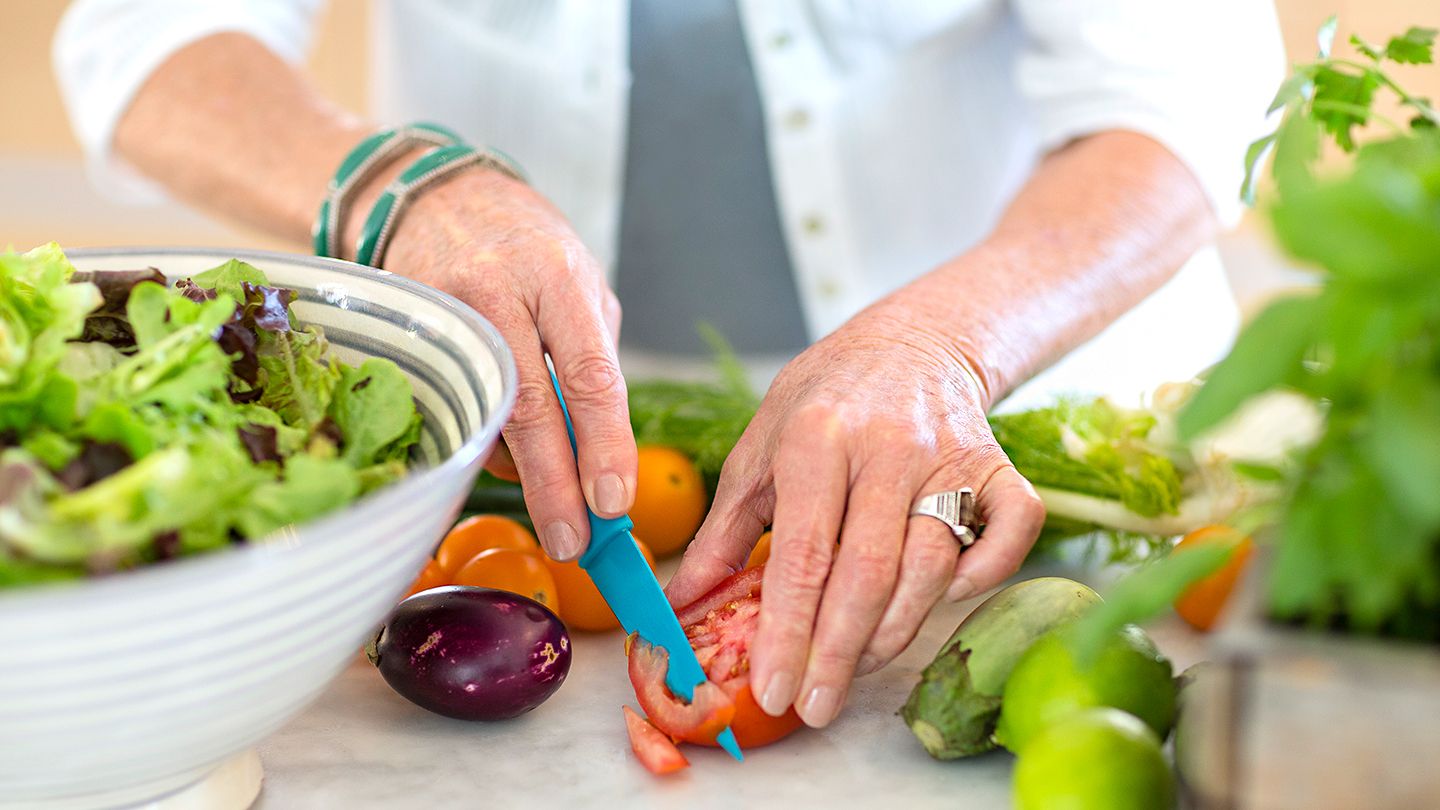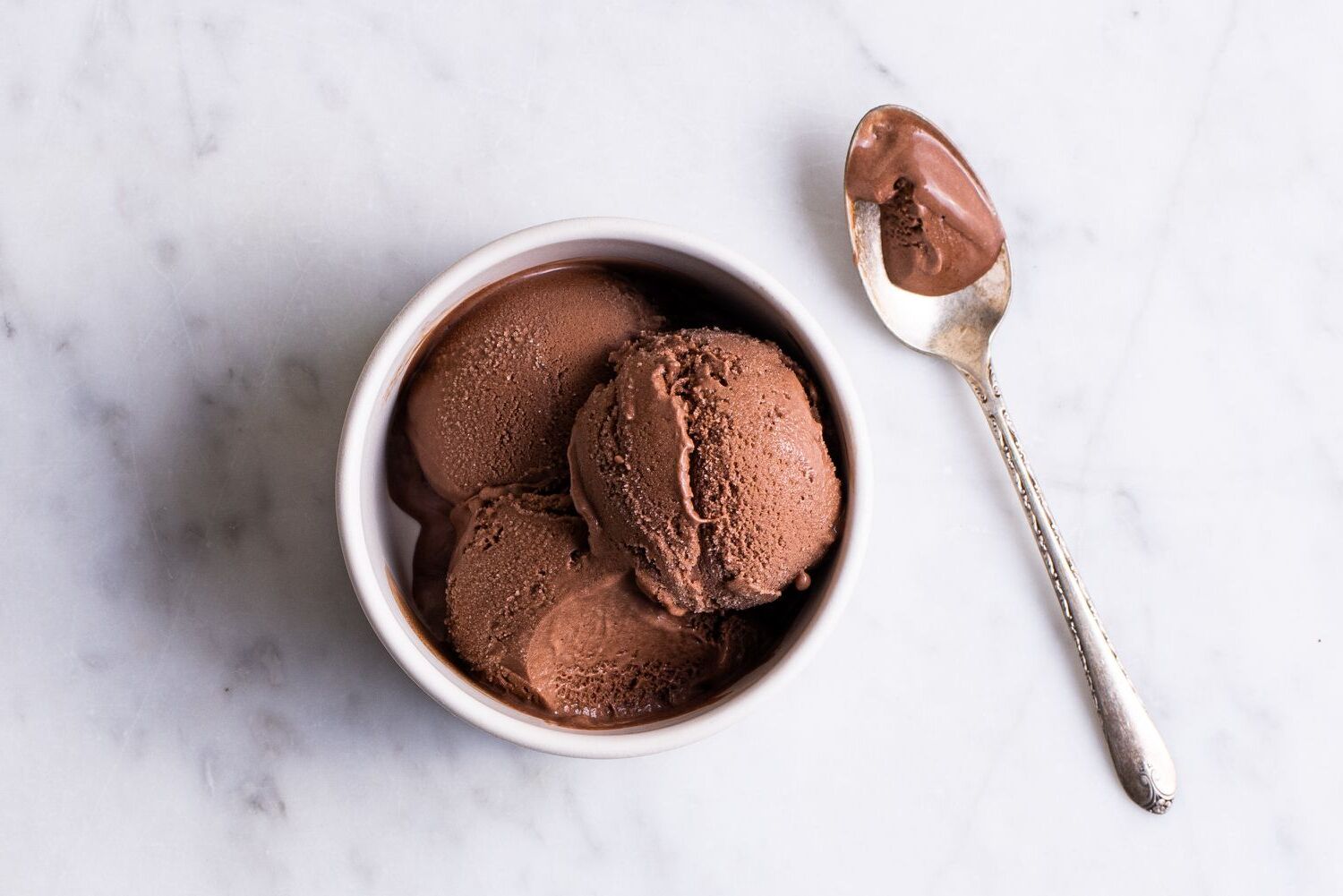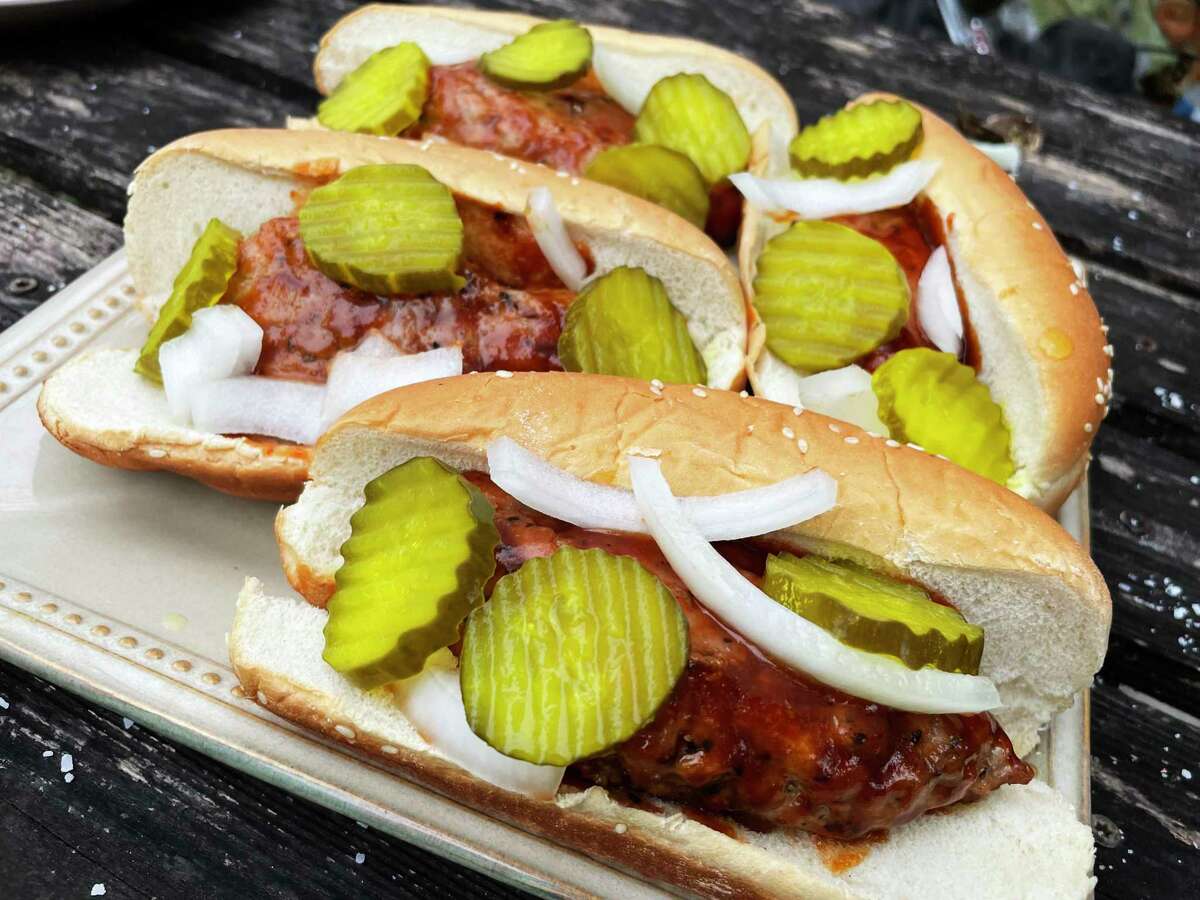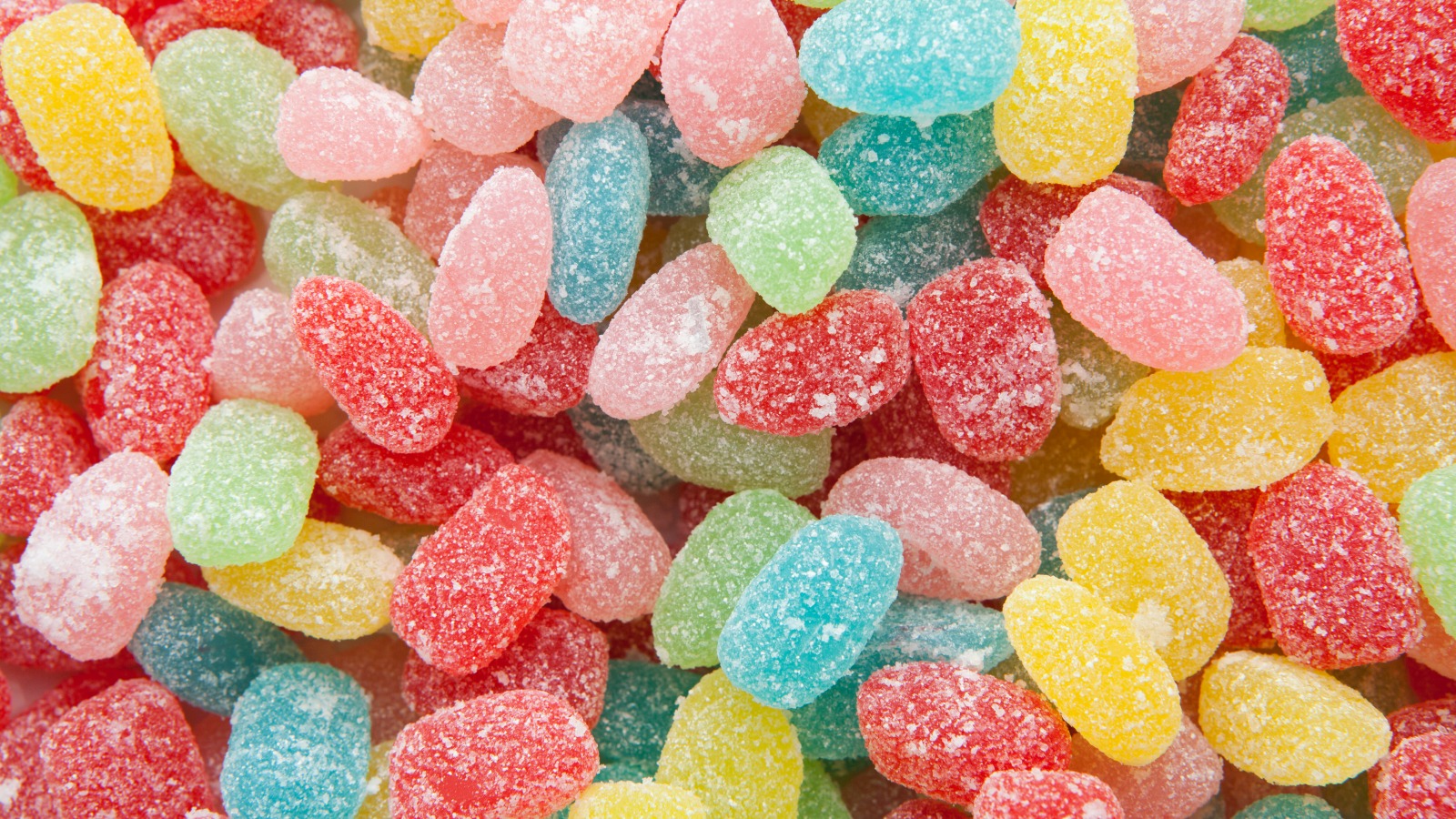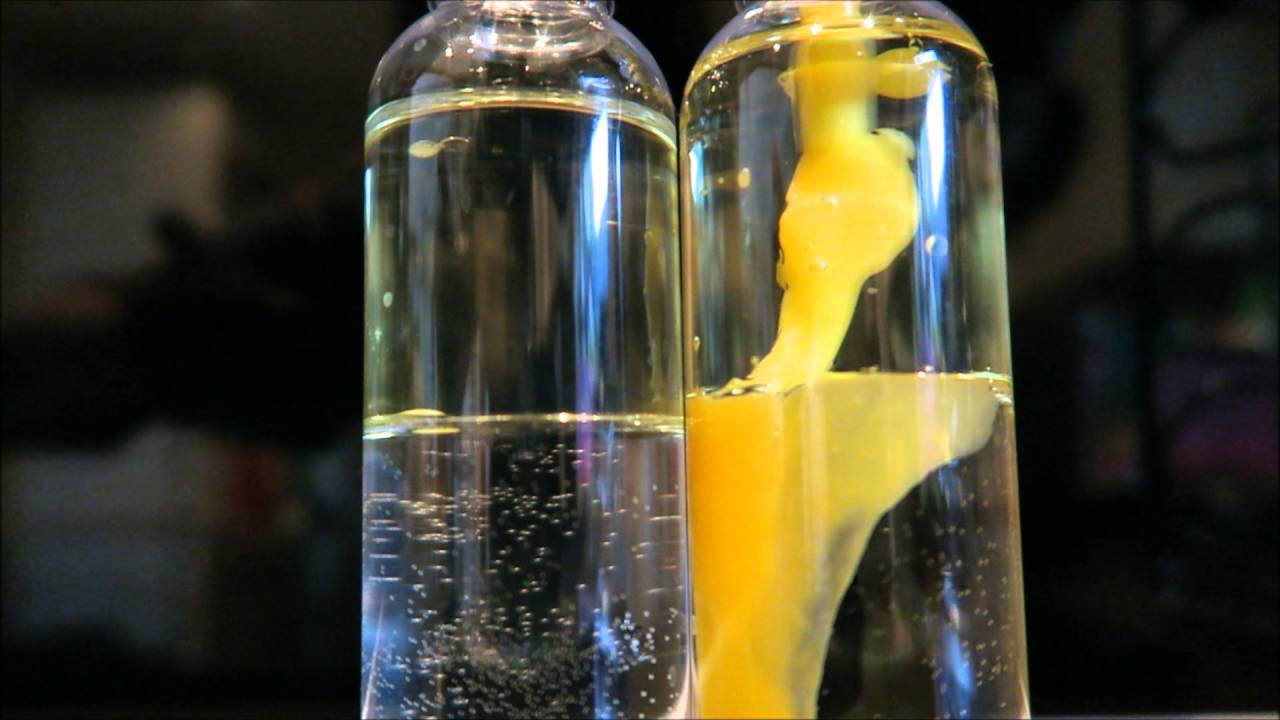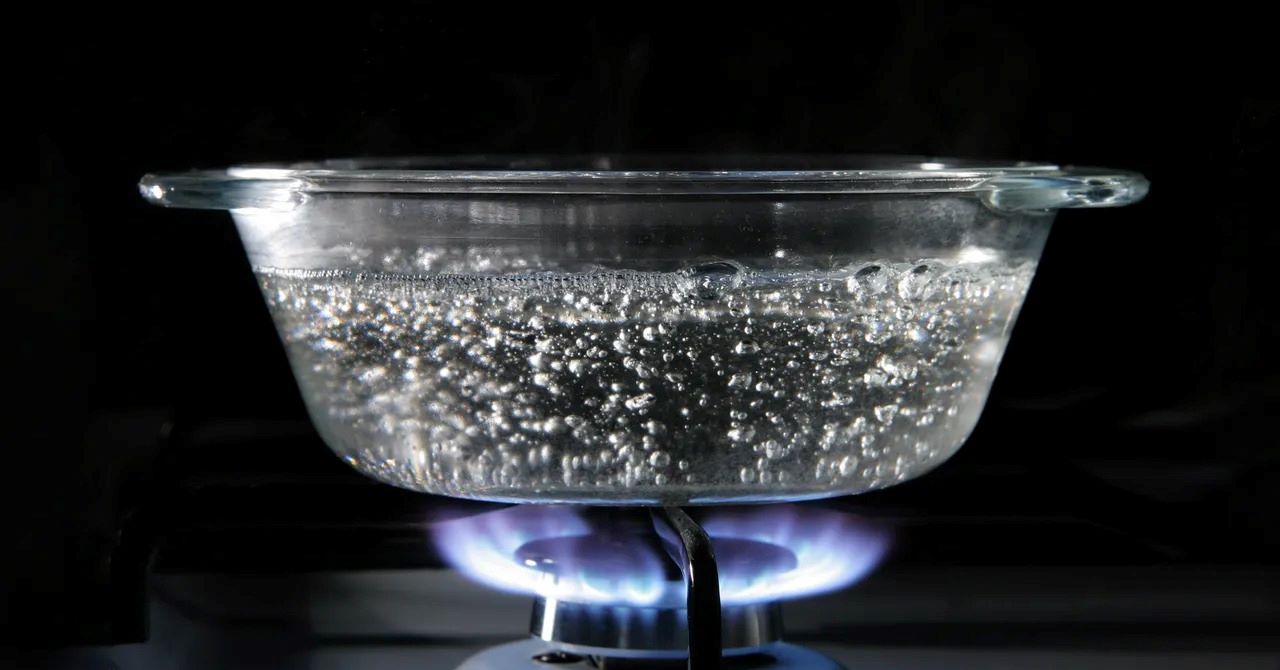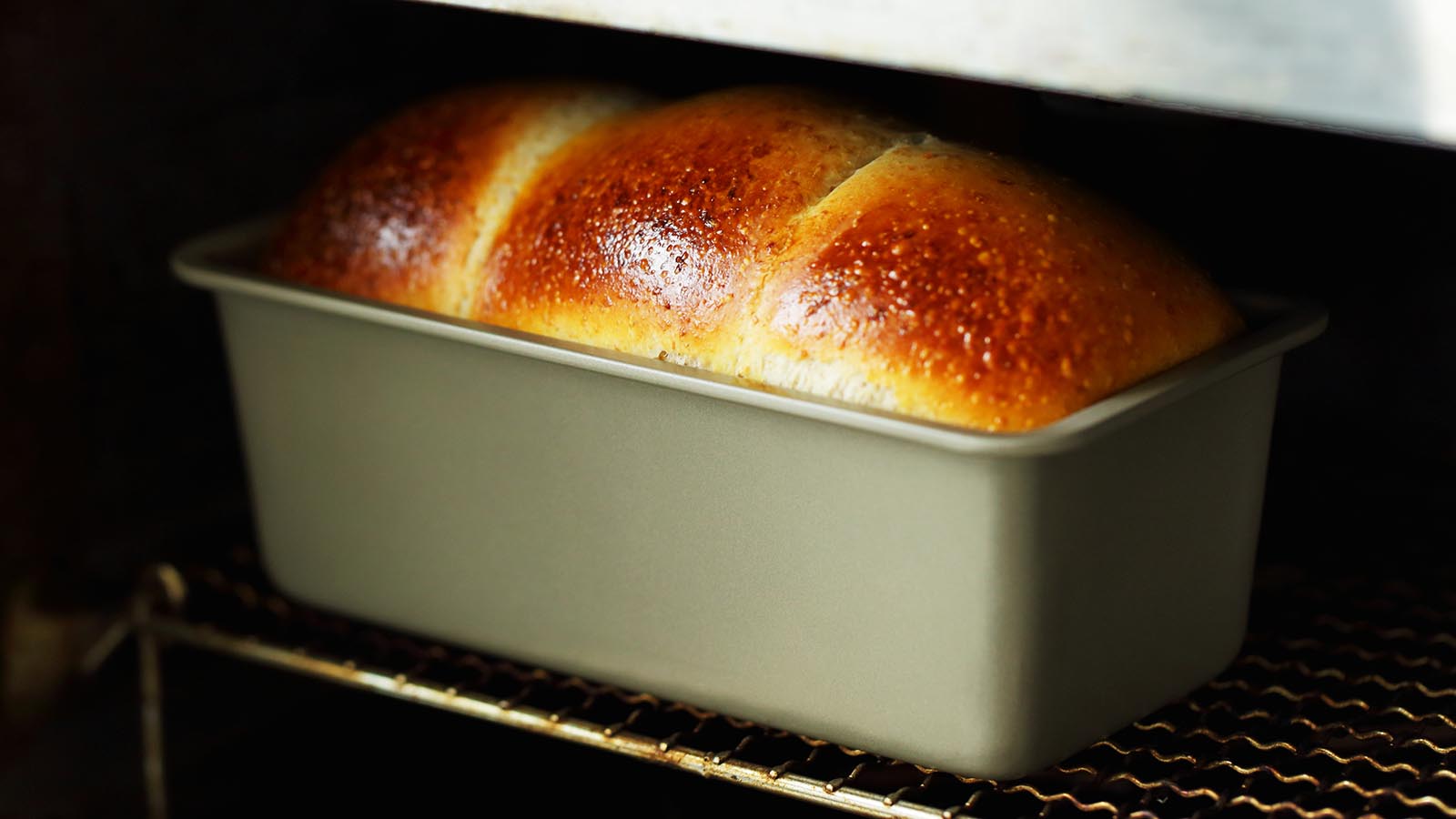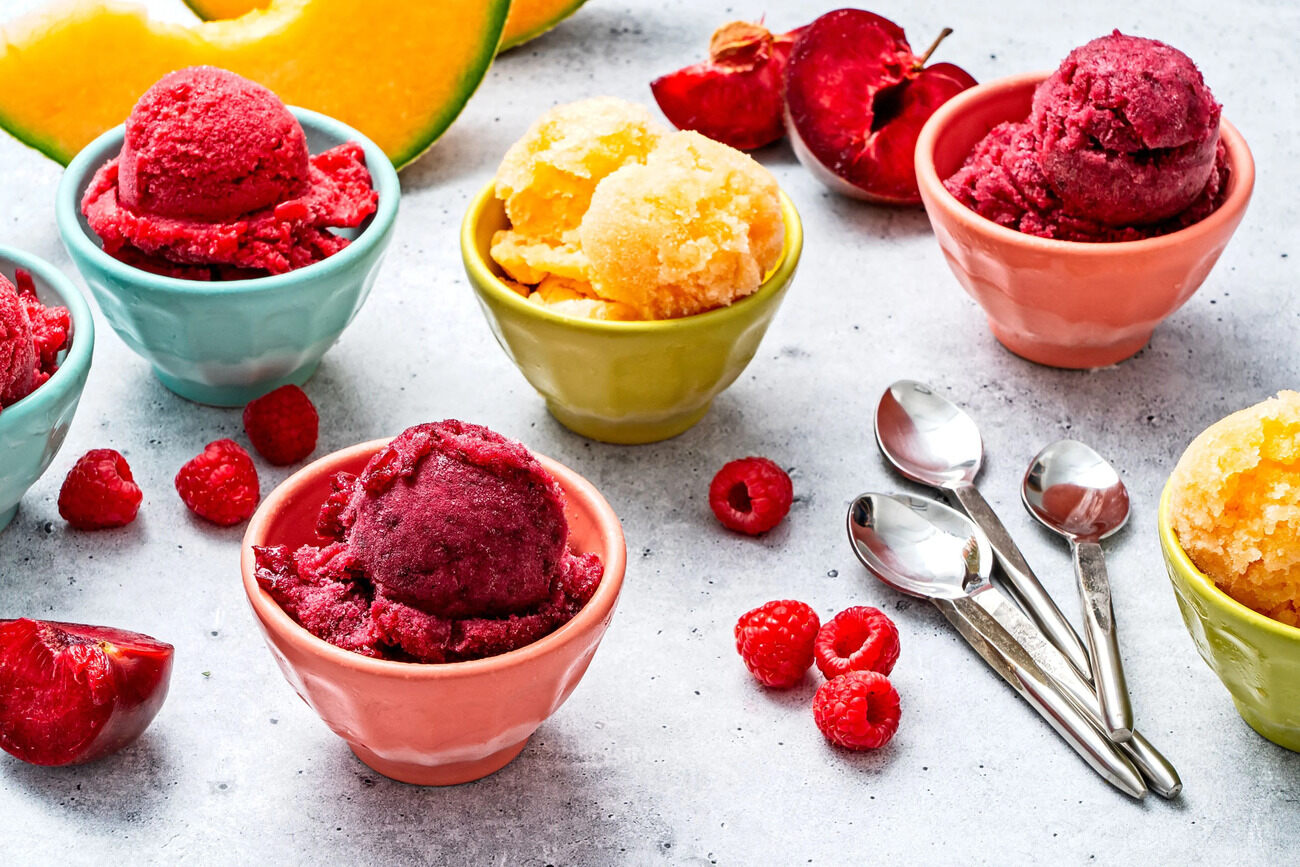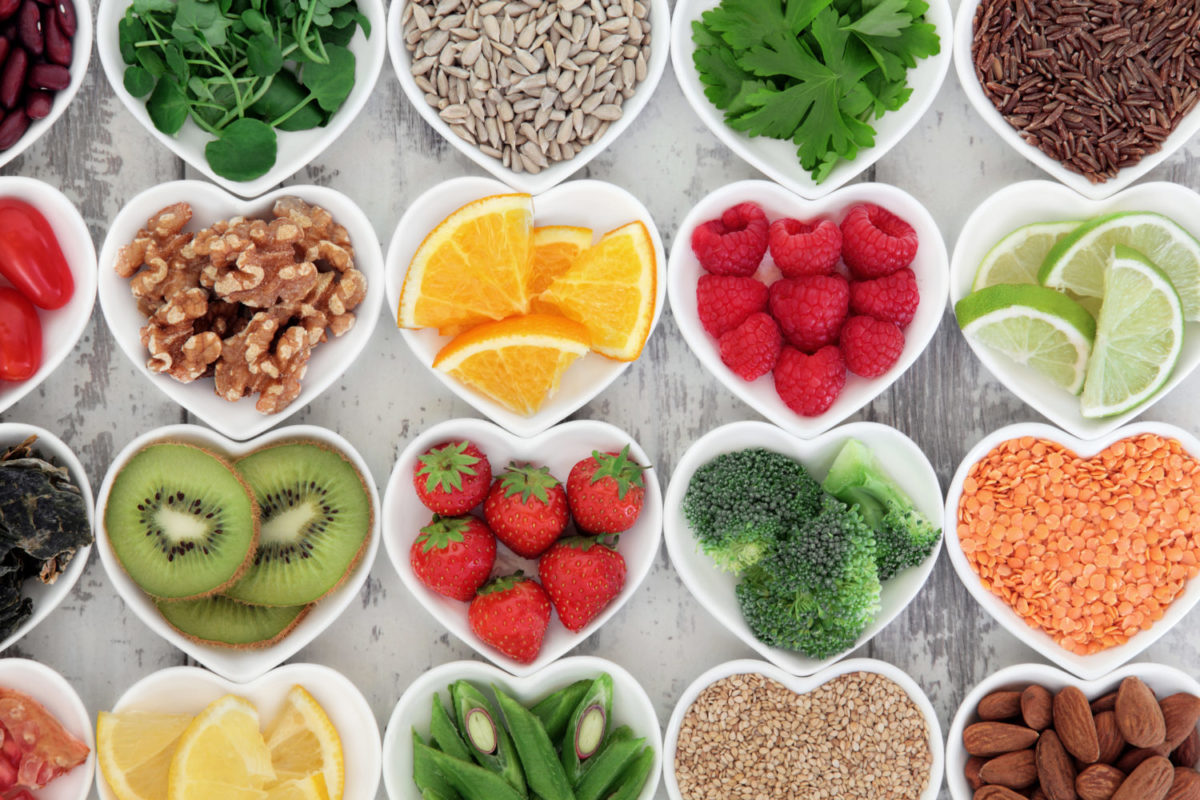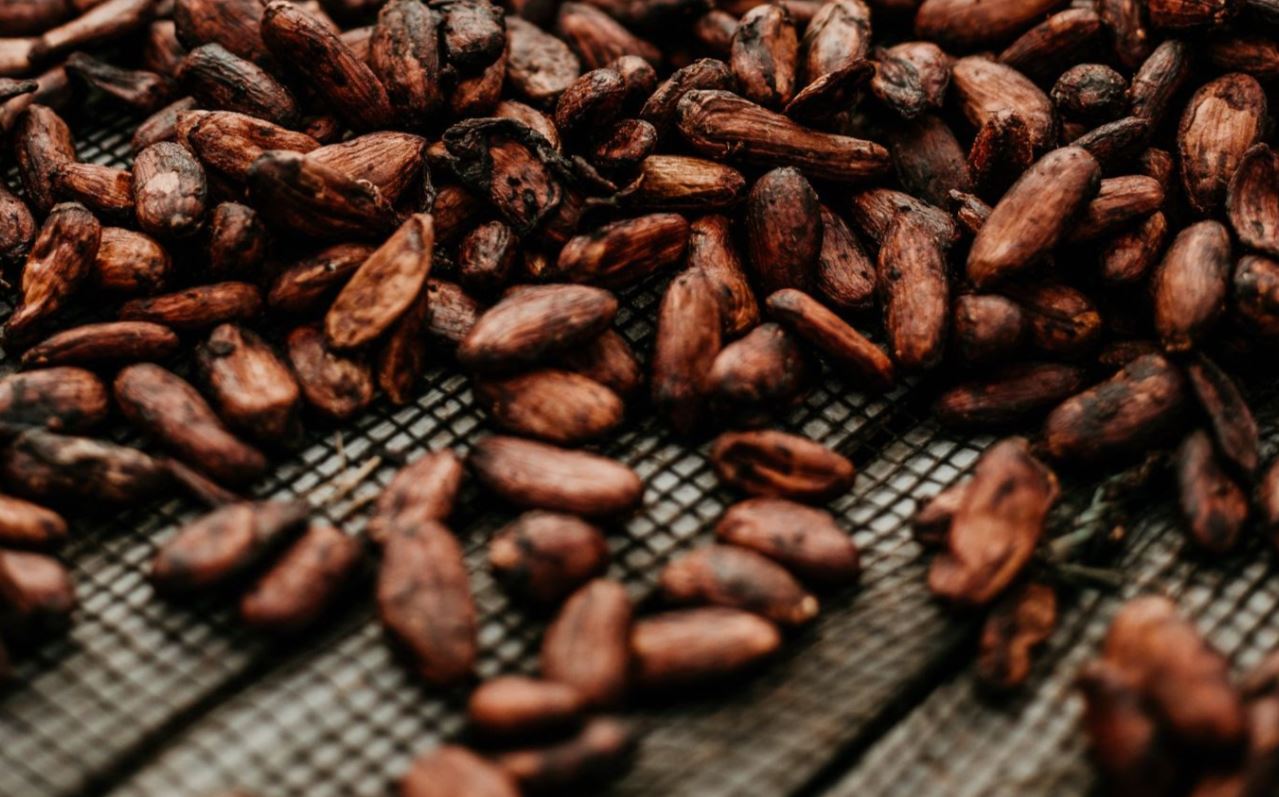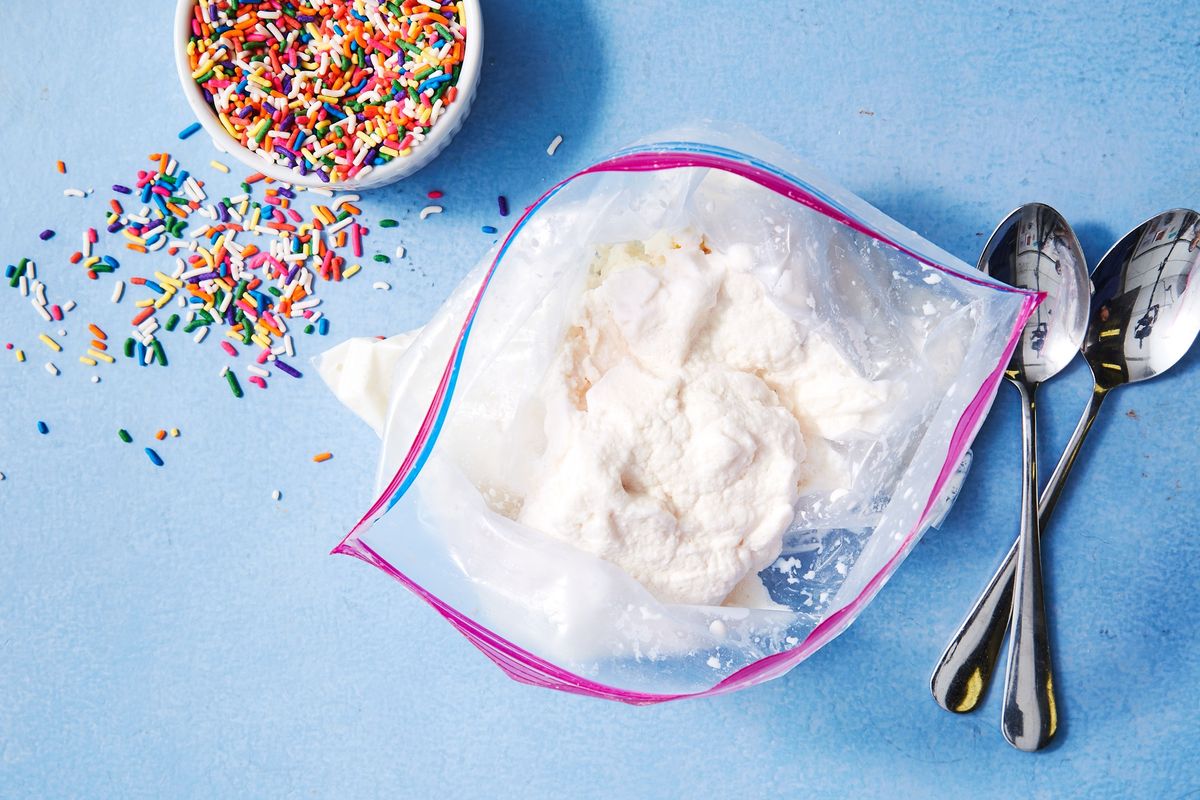Ever wondered why some foods feel creamy while others are crispy? The science behind food texture manipulation is fascinating. It's all about how ingredients interact and change during cooking. For example, adding cornstarch to a sauce thickens it, making it silky. Whipping egg whites creates a light, airy meringue. Understanding these principles can transform your cooking. Whether you're aiming for a crunchy crust on fried chicken or a smooth, velvety soup, mastering texture is key. Let's dive into the techniques and tricks that can elevate your dishes to the next level.
Essential Ingredients for Perfect Texture
Ingredients
- 1 cup all-purpose flour
- 1/2 cup granulated sugar
- 1/2 cup unsalted butter, softened
- 2 large eggs
- 1 tsp vanilla extract
- 1/2 tsp baking powder
- 1/4 tsp salt
- 1/2 cup milk
- 1/2 cup chocolate chips (optional)
- 1/4 cup chopped nuts (optional)
- 1/2 cup fresh berries (optional)
Tools You Will Need for The Science of Food Texture Manipulation
Tools List for The Science of Food Texture Manipulation
-
Blender
- Purees ingredients to create smooth textures.
-
Food Processor
- Chops, slices, and grinds for varied textures.
-
Whisk
- Incorporates air into mixtures for fluffiness.
-
Stand Mixer
- Mixes and kneads dough for consistent texture.
-
Rolling Pin
- Flattens dough to desired thickness.
-
Sieve
- Strains liquids and removes lumps.
-
Immersion Blender
- Blends directly in pots for soups and sauces.
-
Mandoline Slicer
- Slices vegetables uniformly.
-
Mortar and Pestle
- Grinds spices and herbs finely.
-
Thermometer
- Ensures precise cooking temperatures.
-
Sous Vide Machine
- Cooks food evenly at controlled temperatures.
-
Dehydrator
- Removes moisture for crispy textures.
-
Piping Bag
- Shapes dough and batter for decorative textures.
-
Grater
- Shreds ingredients for varied textures.
-
Microplane
- Finely grates zest, cheese, and spices.
-
Tongs
- Handles food without damaging texture.
-
Spatula
- Mixes and folds ingredients gently.
-
Pastry Brush
- Applies glazes and washes evenly.
-
Colander
- Drains water from pasta and vegetables.
-
Kitchen Scale
- Measures ingredients accurately for consistent results.
Food texture manipulation involves altering ingredients' physical properties. Techniques like emulsification, gelatinization, and aeration create unique textures, enhancing dishes' sensory appeal and making meals more enjoyable.
The Importance of Texture in Culinary Science
Food texture manipulation enhances the eating experience by making dishes more appealing and enjoyable. Different textures can stimulate the senses, creating a multi-dimensional experience.
Manipulating textures also helps in improving the nutritional value of food. For example, blending vegetables into a smooth puree can make them more palatable for picky eaters.
Step-by-Step Guide to The Science of Food Texture Manipulation
Step-by-Step Guide to The Science of Food Texture Manipulation
-
Understanding Food Texture
- Texture refers to the physical feel of food.
- Key components: crunchiness, chewiness, smoothness, creaminess.
-
Choosing Ingredients
- Select ingredients based on desired texture.
- Starches for thickening.
- Gels for smoothness.
- Proteins for structure.
-
Using Starches
- Cornstarch and flour thicken sauces.
- Mix starch with cold water before adding to hot liquids.
- Heat mixture until it thickens.
-
Incorporating Gels
- Gelatin and agar-agar create smooth textures.
- Dissolve gelatin in warm water.
- Agar-agar needs boiling to activate.
-
Adjusting Protein Levels
- Eggs and dairy add structure.
- Whisk eggs for fluffiness.
- Use cream for a rich, creamy texture.
-
Manipulating Fat Content
- Butter and oil affect mouthfeel.
- More fat increases creaminess.
- Less fat results in a lighter texture.
-
Controlling Moisture
- Water and broth adjust moisture levels.
- More liquid for a softer texture.
- Less liquid for a firmer texture.
-
Temperature Control
- Heat affects texture.
- High heat crisps and browns.
- Low heat tenderizes and softens.
-
Mechanical Manipulation
- Blending and whisking change texture.
- Blend for smoothness.
- Whisk for airiness.
-
Using Acids
- Vinegar and lemon juice alter protein structure.
- Acids tenderize meat.
- Add acids gradually to avoid over-tenderizing.
-
Incorporating Air
- Whipping and folding introduce air.
- Whip cream or egg whites for lightness.
- Fold gently to maintain air bubbles.
-
Balancing Flavors
- Salt and sugar impact texture.
- Salt enhances crunch.
- Sugar adds chewiness.
-
Experimenting with Techniques
- Sous-vide for precise texture control.
- Baking for even cooking.
- Frying for crispiness.
-
Monitoring Cooking Time
- Overcooking toughens proteins.
- Undercooking leaves food too soft.
- Use timers for accuracy.
-
Using Emulsifiers
- Lecithin and mustard stabilize mixtures.
- Emulsifiers create smooth, cohesive textures.
-
Resting Food
- Allow food to rest after cooking.
- Resting redistributes moisture.
- Enhances final texture.
-
Tasting and Adjusting
- Taste throughout the process.
- Adjust ingredients for desired texture.
- Make small changes to avoid over-adjusting.
-
Storing Properly
- Store food to maintain texture.
- Use airtight containers.
- Refrigerate or freeze as needed.
-
Reheating Techniques
- Reheat gently to preserve texture.
- Use low heat.
- Avoid microwaving when possible.
-
Final Presentation
- Plate food attractively.
- Garnish to enhance texture perception.
- Serve immediately for best texture.
Mastering Food Texture
Understanding food texture isn't just for professional chefs. Home cooks can elevate their dishes by paying attention to how ingredients interact. Temperature, moisture, and cooking methods all play crucial roles in achieving the desired texture. Whether you're aiming for a crispy crust, a tender bite, or a creamy finish, knowing the science behind it can make all the difference. Experiment with different techniques and don't be afraid to make mistakes. Each attempt brings you closer to culinary perfection. So next time you're in the kitchen, think about texture. It might just be the secret ingredient you've been missing.
Common Questions About The Science of Food Texture Manipulation
What is food texture manipulation?
Food texture manipulation involves changing the physical properties of food to alter how it feels in your mouth. This can include making something crunchier, creamier, or more gelatinous.
Why is food texture important in cooking?
Food texture affects the overall eating experience. It can enhance flavors, make dishes more interesting, and even affect how satisfying a meal feels. Think about the crunch of a fresh apple versus the smoothness of mashed potatoes.
How can I make my food crunchier?
To make food crunchier, you can use techniques like frying, baking, or dehydrating. Coating food in breadcrumbs or batter before cooking can also add a satisfying crunch.
What are some ways to make food creamier?
To achieve a creamier texture, you can add ingredients like butter, cream, or cheese. Blending or pureeing foods can also make them smoother and creamier.
Can I change the texture of food without altering its flavor?
Yes, you can change the texture without affecting the flavor. Techniques like whipping, blending, or using gelling agents can modify texture while keeping the original taste intact.
What are gelling agents and how do they work?
Gelling agents like gelatin, agar-agar, and pectin help thicken or solidify liquids. They work by forming a network that traps water, creating a gel-like consistency.
Are there any tools that help with food texture manipulation?
Yes, tools like blenders, food processors, and immersion blenders can help achieve different textures. Specialized equipment like dehydrators or sous-vide machines can also be useful.
